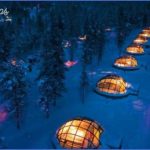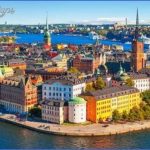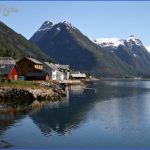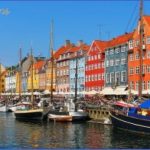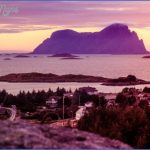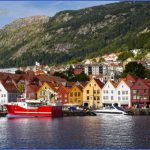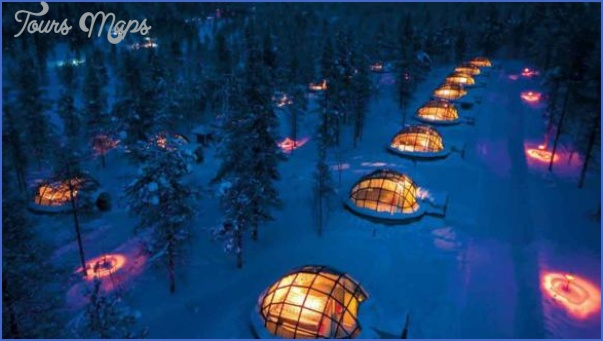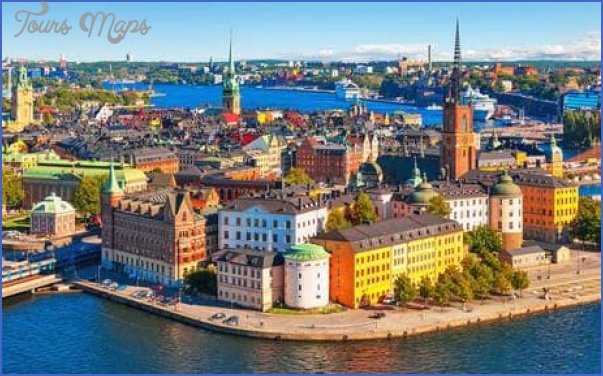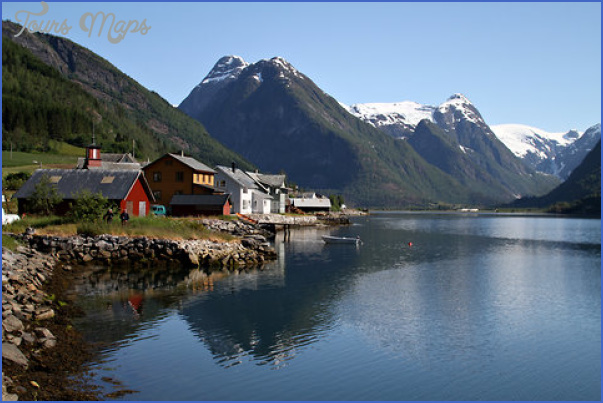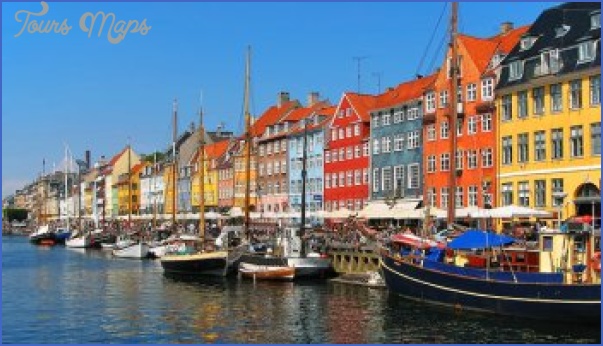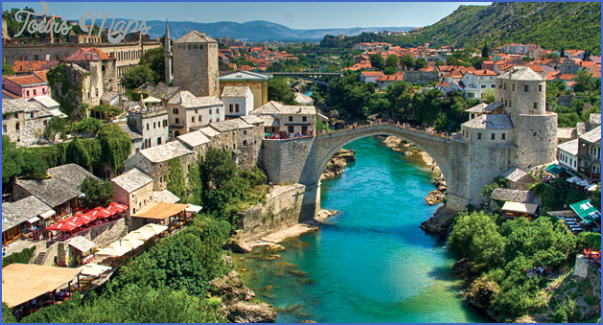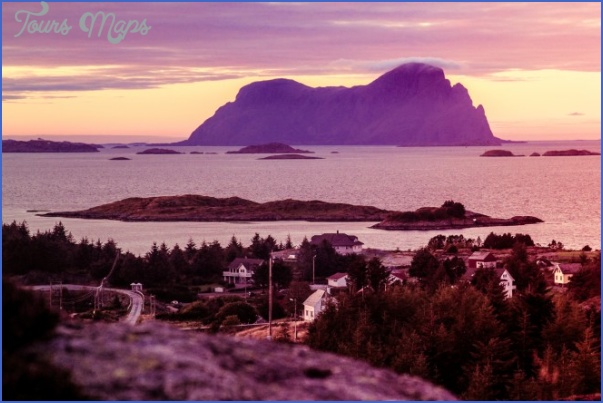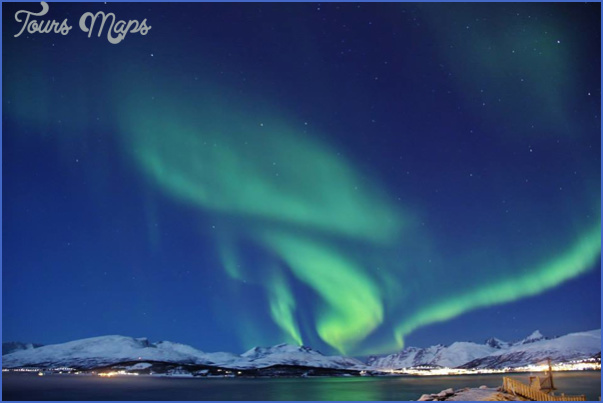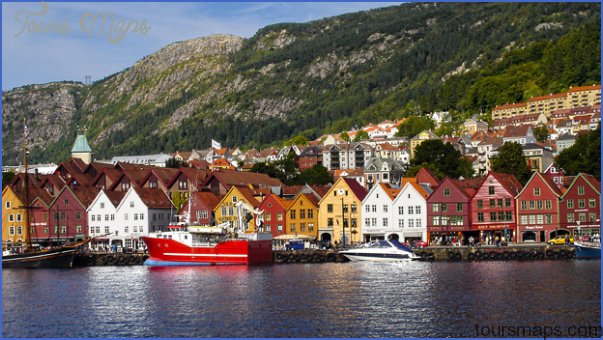Plant and Animal Life
Plant Life. In spite of the climatic differences between the Atlantic coast and the interior, the boundaries between different vegetation zones for the most part cut right across Scandinavia; for the growing period, which is determined by temperatures in spring and autumn, is less affected by differences between east and west and tends rather to become shorter in stages from south to north, while the light conditions which play such an important part in plant growth also vary with latitude. As well as this, of course, the vegetation of the mountain regions is affected by differences in altitude.
The beech is found throughout Denmark and in SkSne, Halland and Blekinge, but does not grow in Smland or farther north. Oaks are still common in central Sweden. In SmSland, with its higher altitude, and above all in Norrland, central Norway and Finland coniferous forests (spruce, pine) are predominant, with birches in many places. In Norway, the upper limit of the conifers falls from 900 m (3000 ft) round the Hardangerfjord and in Telemark to 450 m (1500 ft) in Finnmark, these heights being reached only by spruces of notably slender growth and a few scattered pines.
A feature typical of Scandinavia and not found anywhere else is the birch zone which extends for some 200 m (650 ft) above the coniferous zone. The ground cover in the forests consists of numerous berry-bearing shrubs and, in drier situations, lichens. The extensive forest regions of Scandinavia are interrupted by numerous lakes and by stretches of peatbogs. Areas of mountain pasture are found only in southern Norway; farther north the upper slopes of the mountains are covered with a heath vegetation of dwarf shrubs and low-growing plants extending up to the snow-line.
In spite of the intensive timber-working industry of northern Sweden and Finland the forests apart from the scattered areas which have been brought into cultivation have suffered little thinning out, and have largely been preserved in their natural state, though in some areas much timber has been consumed by the busy ironworking industry of past centuries.
The situation is very different in many parts of Norway, where the character of the mountains has largely confined the forests to the sheltered valleys which have been frequented and developed by man since very ancient times. The Norwegian Atlantic coast is not by nature densely forested, whereas the outer skerries consist of bare rock and, with the high rainfall in this region, are exposed to severe erosion.
Central Sweden consists largely of arable land, though numerous roches mouton-nees shaped by Ice Age glaciers emerge like inland skerries from the clayey alluvial plain. The distribution of arable land and forest here confined to the areas of rocky and morainic soil is mainly determined by this natural mosaic. Only in the Silurian basins are there large expanses of continuous arable land. The most favourable conditions for arable farming, however, are to be found in the lower-lying parts of Skcine and on the Danish islands, where the forest frequently survives only in the carefully tended woodlands in the grounds of country houses.
Traveling in Scandinavia Photo Gallery
Maybe You Like Them Too
- The Best Cities To Visit in The World
- World’s 10 Best Places To Visit
- Coolest Countries in the World to Visit
- Travel to Santorini, Greece
- Map of Barbados – Holiday in Barbados

